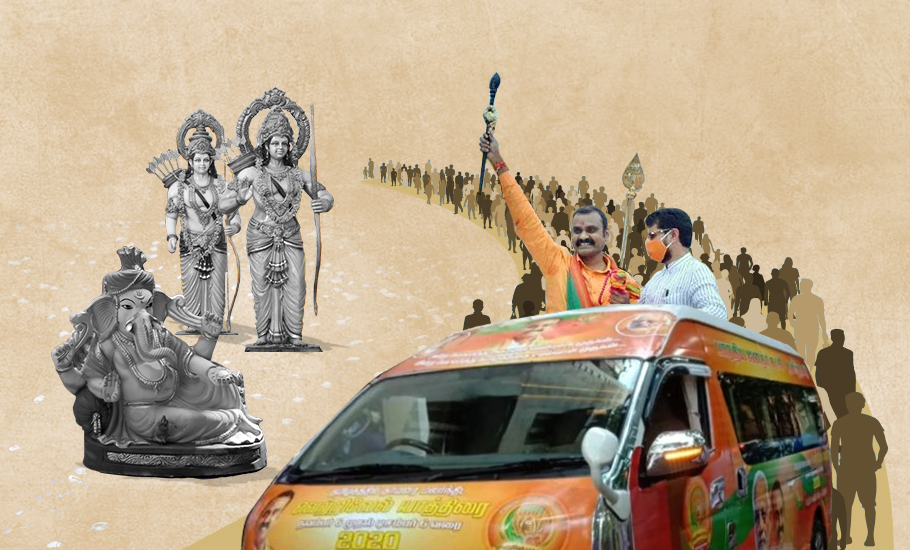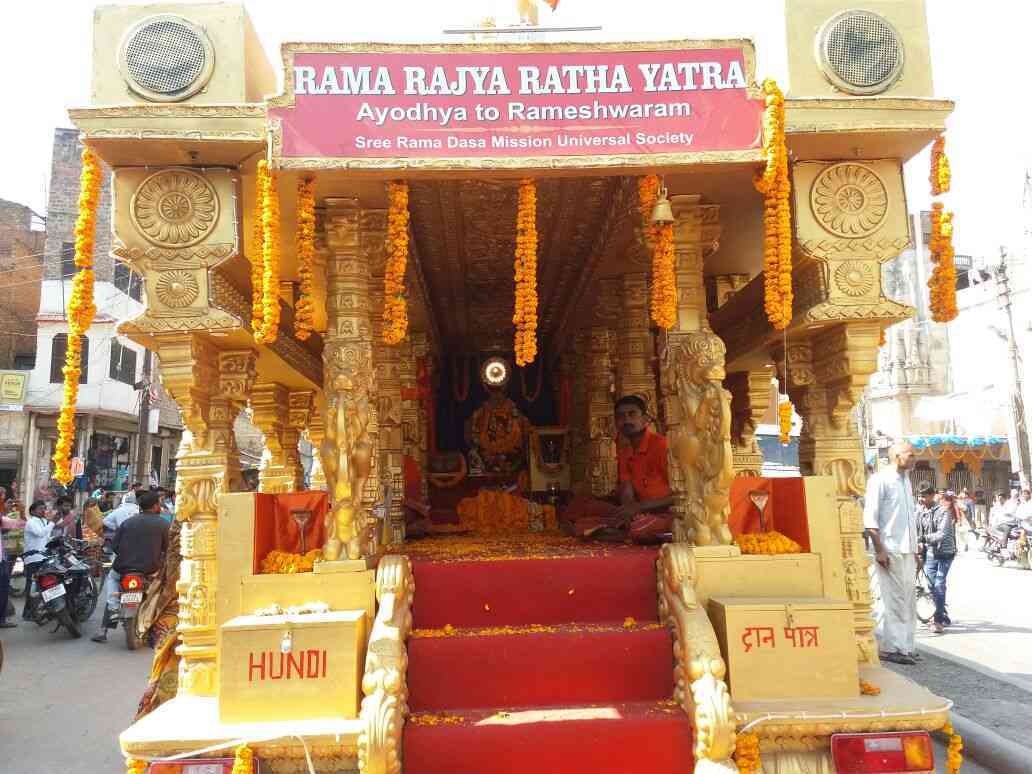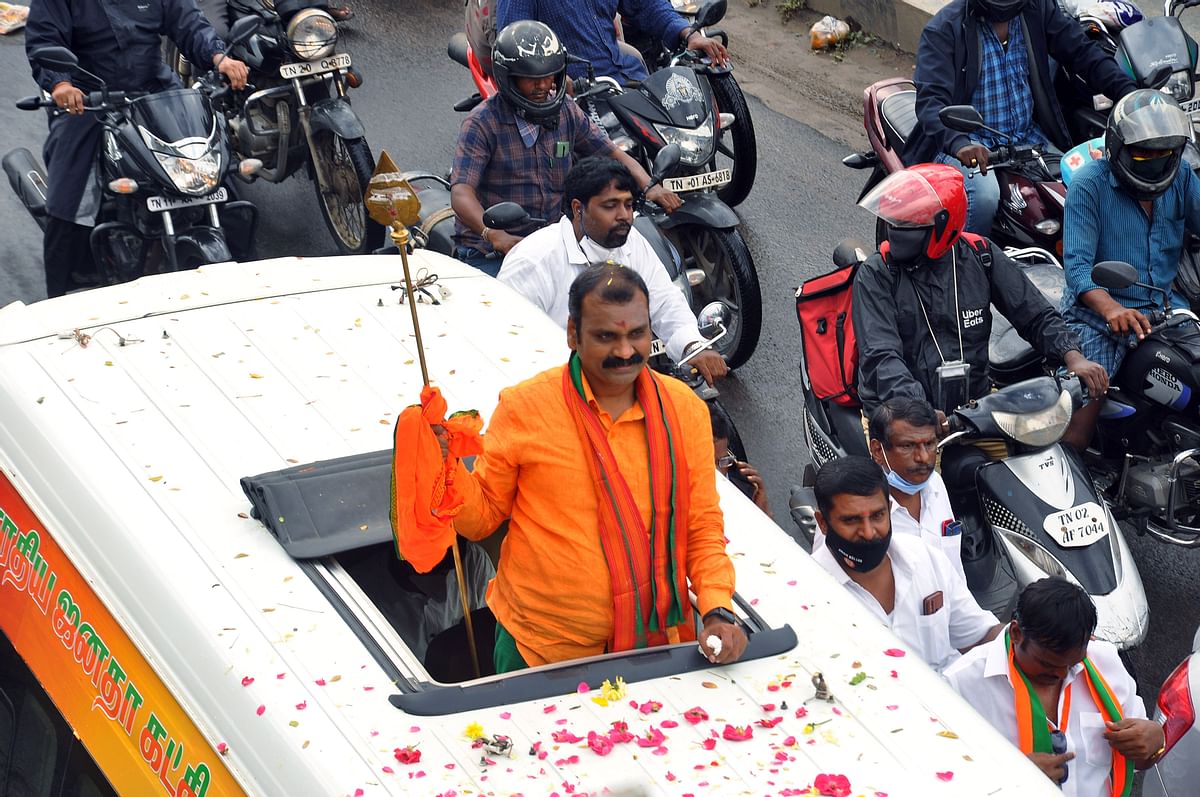
- Home
- India
- World
- Premium
- THE FEDERAL SPECIAL
- Analysis
- States
- Perspective
- Videos
- Sports
- Education
- Entertainment
- Elections
- Features
- Health
- Business
- Series
- In memoriam: Sheikh Mujibur Rahman
- Bishnoi's Men
- NEET TANGLE
- Economy Series
- Earth Day
- Kashmir’s Frozen Turbulence
- India@75
- The legend of Ramjanmabhoomi
- Liberalisation@30
- How to tame a dragon
- Celebrating biodiversity
- Farm Matters
- 50 days of solitude
- Bringing Migrants Home
- Budget 2020
- Jharkhand Votes
- The Federal Investigates
- The Federal Impact
- Vanishing Sand
- Gandhi @ 150
- Andhra Today
- Field report
- Operation Gulmarg
- Pandemic @1 Mn in India
- The Federal Year-End
- The Zero Year
- Science
- Brand studio
- Newsletter
- Elections 2024
- Events
- Home
- IndiaIndia
- World
- Analysis
- StatesStates
- PerspectivePerspective
- VideosVideos
- Sports
- Education
- Entertainment
- ElectionsElections
- Features
- Health
- BusinessBusiness
- Premium
- Loading...
Premium - Events

Why BJP’s experiments with yatras have a long way to go in Tamil Nadu
The BJP's month-long Vetrivel Yatra, a pilgrimage-like rally from one shrine of Lord Murugan to another is nothing but an attempt by the party to get a foothold in the upcoming Tamil Nadu state assembly elections due in April-May next year.

On July 13 this year, YouTuber Surendra Natarajan and his team Karuppar Koottam put out a show on the online video platform that soon went viral and triggered a major controversy in Tamil Nadu. For, the video that they uploaded was said to have presented Kandha Sashti Kavasam, a devotional song dedicated to Lord Murugan, in an obscene and vulgar manner. Natarajan and his team members...
On July 13 this year, YouTuber Surendra Natarajan and his team Karuppar Koottam put out a show on the online video platform that soon went viral and triggered a major controversy in Tamil Nadu. For, the video that they uploaded was said to have presented Kandha Sashti Kavasam, a devotional song dedicated to Lord Murugan, in an obscene and vulgar manner. Natarajan and his team members were arrested, and the video taken down.
But the matter didn’t end there. The Hindu nationalist BJP launched a tirade against the DMK, which is known to be a rationalist and anti-Brahmin party, saying it was behind the video, a charge the DMK refuted.
But the BJP didn’t give up. Its state unit leader L Murugan announced that Tamils would not let go of the insult to Lord Murugan easily, and launched a month-long Vetrivel Yatra, a pilgrimage-like rally from one shrine of the deity in Tiruttani to another in Tiruchendur.
The Yatra is nothing but an attempt by the party to get a foothold in the upcoming Tamil Nadu state assembly elections due in April-May next year. The move comes after the poor reception the party received in Tamil Nadu for its Ram Rajya Rath Yatra in 2018. Perhaps, that is when they realised that it is Murugan not Ram who rules the hearts of people in this part of the country.
As party leaders and members defy the COVID-19 lockdown norms on gathering of masses and court arrests under the government of its ally, AIADMK, during its yatra, the shrillness of this act is hard to ignore.
History is replete with instances of similar ventures taken out by political leaders in a bid to garner popular support.
Justice for Subramanian
For those unaware of Tamil political history, it would come as a surprise to know that it was the DMK that first hit the roads with a Vel Yatra in 1980, that too led by none other than M Karunanidhi, a staunch atheist.
Called ‘Needhi Kettu Nedumpayanam’ (a long journey seeking justice), the yatra was launched after Subramania Pillai, a temple officer in Tiruchendur Murugan temple, was found dead days after he had been entrusted with the probe into the theft of a diamond vel (divine spear that Murugan holds) donated by a devotee. It was alleged that the vel was stolen with the political support of the ruling AIADMK.
Pillai’s death, which was initially termed as suicide, was later established as murder by CJR Paul, a retired judge who probed the case on the orders of then-chief minister MG Ramachandran (MGR). While MGR tried to suppress the fact, Karunanidhi somehow got the report published in the media and launched his yatra seeking justice for Pillai.
The DMK leader completed his yatra from Madurai to Tiruchendur within a week in February, but the MGR government didn’t do any justice to Pillai. It instead sent a medical team to Karunanidhi, who had blisters on his foot as he walked barefoot — as true pilgrims of Lord Murugan do when they take out a yatra.

Caught off guard, Karunanidhi was at his trademark foxy best when he said: “Subramanian used to destroy the asuras (demons). But here, asuras destroyed Subramanian.”
Many thought the DMK would sweep the subsequent bypolls to Tiruchendur assembly constituency, but on the contrary, AIADMK won it hands down.
For Sri Lankan Tamils
A few years later, in 1983, another tall Tamil leader Pazha Nedumaran undertook a march following the massacre of 3,000 Sri Lankan Tamils. That was the time when the civil war between LTTE Sri Lankan forces were rising and political parties in Tamil Nadu openly supported the separatist Tamils.
His ‘Tamilar Thiyaga Payanam’ (journey to commemorate the sacrifice of Tamils) was aimed at helping the Sri Lankan Tamils with relief materials. Nearly 5,000 youths joined the yatra and walked from Madurai to Rameswaram, from where they were to embark on boats to Sri Lanka.
But the state government, ruled by AIADMK, which too sympathised with the Sri Lankan Tamils, foiled the journey by removing all boats from Rameswaram, and arrested Nedumaran.
Nedumaran, who later toured Tamil areas of Sri Lanka and took video evidence of torture inflicted on Tamils to the world forum, and was instrumental in reducing India’s intervention in the Sri Lankan war, failed to make an impact in Tamil Nadu polls.
Vaiko’s attempt to change
Another well known Tamil leader to have done significant yatras is Vaiko. In 1994, after quitting DMK, where he was sidelined to favour party chief Karunanidhi’s son Stalin, he launched MDMK and started campaigning against the then AIADMK government headed by J Jayalalithaa. He marched nearly 1,500 kms by foot from Kanyakumari to Chennai to Coimbatore and Salem over 51 days, earning huge respect from the people.
Although his MDMK was expected to make a significant impact in the 1996 state assembly polls, he and his party drew a void. Vaiko has been active in politics in association with either of the Dravidian majors.
Vaiko had even promoted alcohol prohibition. Prohibition in Tamil Nadu has an interesting history. First banned by Congress, it was lifted by the DMK government, but banned again by the DMK, only to be lifted by AIADMK, and is now, being run by a government agency, TASMAC.
There are many individuals who fought for total prohibition. Kumari Ananthan, a Congress leader and Gandhian, espoused the cause of prohibition and regularly organised yatras in favour of it and had done so at least 16 times. Each time, the yatra would last anywhere between 15 days to 60 days. But Ananthan’s dream still remains a dream.

A long way to go
In taking out Vel Yatra, what BJP leaders miss out is the fact that Tamil Hindus are different from their northern neighbours. A Tamil Hindu may smear sacred ash or vibhuti on his forehead, or go to the temple every day. Or, know all the Sanskrit shlokas by heart. Or, may even carry a pocket-sized Kanda Sashti Kavasam with him all through the day — everything that goes on to show that he is a staunch devotee. But when it comes to politics, most Tamilians know not to mix religion with politics.
Tamil Nadu has temples dedicated to Lord Ram, but terming Tamils as Ram devotees would be a folly. Here, Perumal, a Tamil version of Rama, is worshipped.
After the poor success of Ram Rajya Rath yatra in Tamil Nadu, the BJP took up the cause of Lord Vinayakar or Ganapathi, when the state government disallowed procession with Ganesha’s idols in July this year, in view of the COVID lockdown. That too didn’t draw out too many supporters.
Now, after condemning the Karuppar Kootam video and attacking DMK, they have taken out the Vel Yatra, with the tacit support of AIADMK. The visuals shown in the media may create a perception that the party is growing slowly and strongly in the state. But what they don’t show or tell is how a Hindu in Tamil Nadu views the BJP’s Vel Yatra.
When they plan a yatra, or nadai payanam (foot journey), as it is known here, Murugan’s devotees wear a malai (necklace made of sacred beads) and practice vraddham (penance), wherein they abstain from mundane happiness like having non-veg food or having sexual intercourse with spouse, etc. All this ends with the long journey to Palani Hills, one of the six shrines dedicated to Murugan, mostly taken out barefoot.
But BJP’s Yatra has followed none of these rigourous rituals. The Yatra, using cars, raising political slogans instead of reciting Murugan’s name or hymns and the high handedness shown at some temples, betrays the very cause they claim to espouse.
Interestingly, another issue raised by Tamil nationalists is that the deity does not wield a Vel (divine spear) in all the six shrines. The BJP’s posturing with the Vel has been seen as a form of Brahminisation of the Tamil deity.
Will this Yatra bear fruit for the BJP? No seems to be the immediate answer as Union home minister and BJP’s master poll strategist Amit Shah has expressed dissatisfaction over the Yatra and called it off.
Perhaps, the leadership of the world’s biggest party may have to look for other ways to get into the hearts of the people of Tamil Nadu.
